Thigh Muscles: How To Train Them Correctly
The quadriceps are a muscle group that makes up the overall mass of the thigh. You have often heard that to have a good pair of legs in bodybuilding it is essential to develop optimally the so-called "drop muscles": the Vasto Mediale and the more extended externally Vasto Laterale.
If an athlete has deficiencies in one of these two muscle areas, then he will certainly vary the width of the position of the legs in exercises such as the Squat or the Press., with the belief that it is going to work specific muscle areas of the quadriceps, and therefore to strengthen its weak points.
To understand why this it is anatomically impossible, we need to analyze the origin and insertion points of the quadriceps muscles.
The Anatomy of the Thigh Muscles
The Quadriceps are made up of 4 muscle groups:
- The Vasto Lateral
- The Vasto Mediale
- The Rectus Femoral
- The Vasto Intermedio
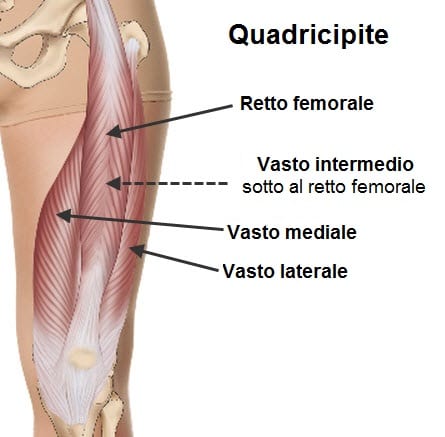
Of these 4 muscles, 3 originate in the femur bone (Vasto Lateral, Medial and Intermediate), and all of them insert into the Common Tendon of the Quadriceps Muscle. They have no connections with the hip joint, and they work only on one joint, that of the knee, acting on the extension of the knee. So they are monoarticular.
Let's dispel the False Myths
Myth number 1:
"The width of the position of the legs determines the part of the quadriceps that is trained".
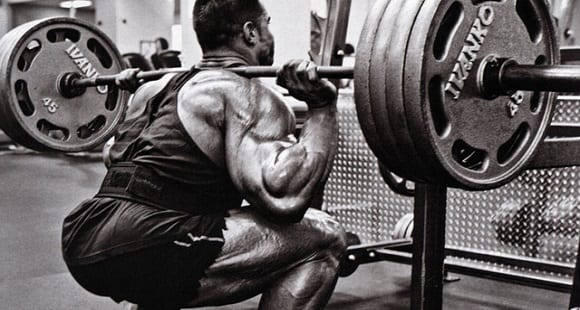
Here is the truth.
First, we need to understand the movement that is linked to this concept ...
Spreading the position of the legs on the Press or Squat leads to a movement known as "hip abduction". This movement it will have no effect on the quadriceps muscles, as they are not connected to the hip joint; so it means that the muscles will contract in the same way regardless of the width of the leg position that is used.
Myth number 2:
"The rotation of the hip joint, performed in exercises such as leg extension, will stimulate different muscles of the quadriceps"
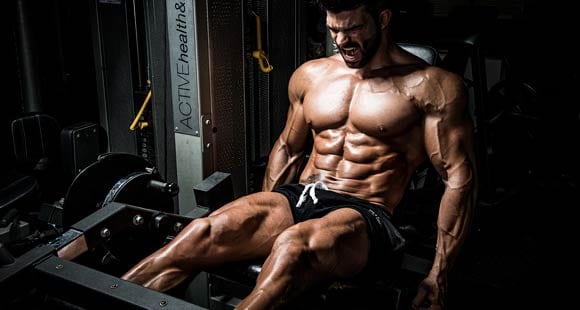
Here is the truth.
This movement includes both internal rotation of the hip (big toes facing each other) and external rotation (big toes facing opposite).
Furthermore, this athletic gesture does not involve the quadriceps muscles, since, as already mentioned, they have no connection with the hip, and therefore the rotation of this joint has no effect on the contraction of the quadriceps themselves.
If you are doing one of these exercises for the effect they are supposed to have on your quadriceps, now is the time to shuffle the cards of your session, to go and reap the rewards of a correct training program and proper execution, and eventually build bigger quads...
Correct Execution for Larger Thigh Muscles
Some of the most common, but also the most effective exercises for building mass in the quadriceps are:
? the Squat.
? the Press.
? the deadlifts.
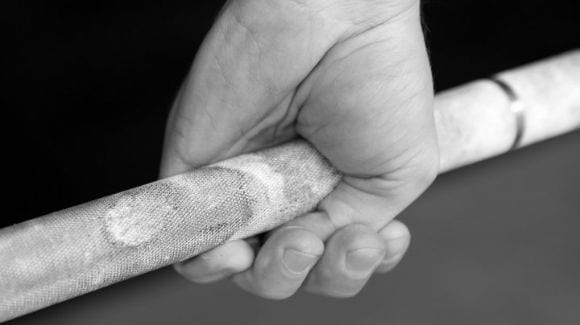
Although these exercises have extremely beneficial effects on the body, often people perform them with an incorrect technique, trying, at times, only to increase the load or the number of repetitions to boost one's ego.
However, it will seem obvious, but it is important to perform these exercises with the right technique and get used to the weight by adding it from time to time: doing so will avoid unnecessary injuries, which could prevent you from attending the gym for quite some time!
Let's take the squat for example: it is essential that you go down to the exact point, but always keeping the hip joint aligned with that of the knee. A muscle stretching reaction is very likely to occur when you reach the right angle between your legs and the ground. Let's say that you can consider it as a signal that the body sends you to tell you to go back up.
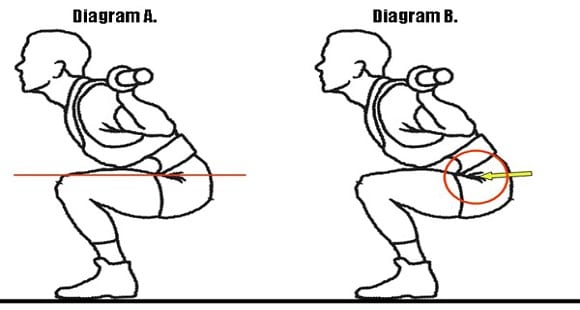
Correct bending angle is also a safety issue. At the right depth, in the concentric phase of the squat, the patellar tendon is not stressed too much, as would happen when stopping at a different angle.
The external rotation of the knee joint, in conjunction with an almost vertical position of the tibia, will ensure the best possible torque provided by the buttocks and rear-thigh, and therefore you can have more power in squatting.
Here are some more tips for a nice powerful squat.
Leg width:
This is a factor that depends heavily on the degree of joint mobility and bone structure. An ideal distance between the legs could be shoulder-width apart, with the big toes pointing slightly outwards.
Mobility:
If you spend most of your days sitting, it is more than likely that many of the muscles in your hips are contracted and therefore you will not have enough mobility to squat or press properly. A sufficient degree of mobility can be achieved with constant stretching and the use of the foam roller for muscle imbalances and contractures.
Stability:
The last factor to consider when doing squats, presses, etc. and of keep the spine in a neutral position. This means having the back completely aligned: the cervical, thoracic, lumbar vertebrae must be in a straight line throughout the movement.
A tip not to be forgotten
Remember: It is very important to perform each exercise with the safest technique possible, and always take care of the execution for the whole range of motion.
A correct execution technique is not only essential to avoid injuries, but also allows you to apply more strength to the athletic gesture you are performing! Just try to think about how many muscles you work when you squat ...
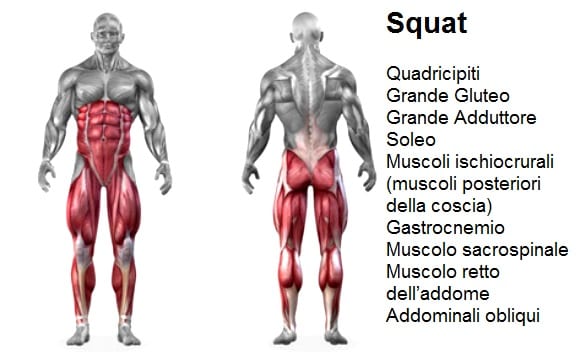
Good workout!


























